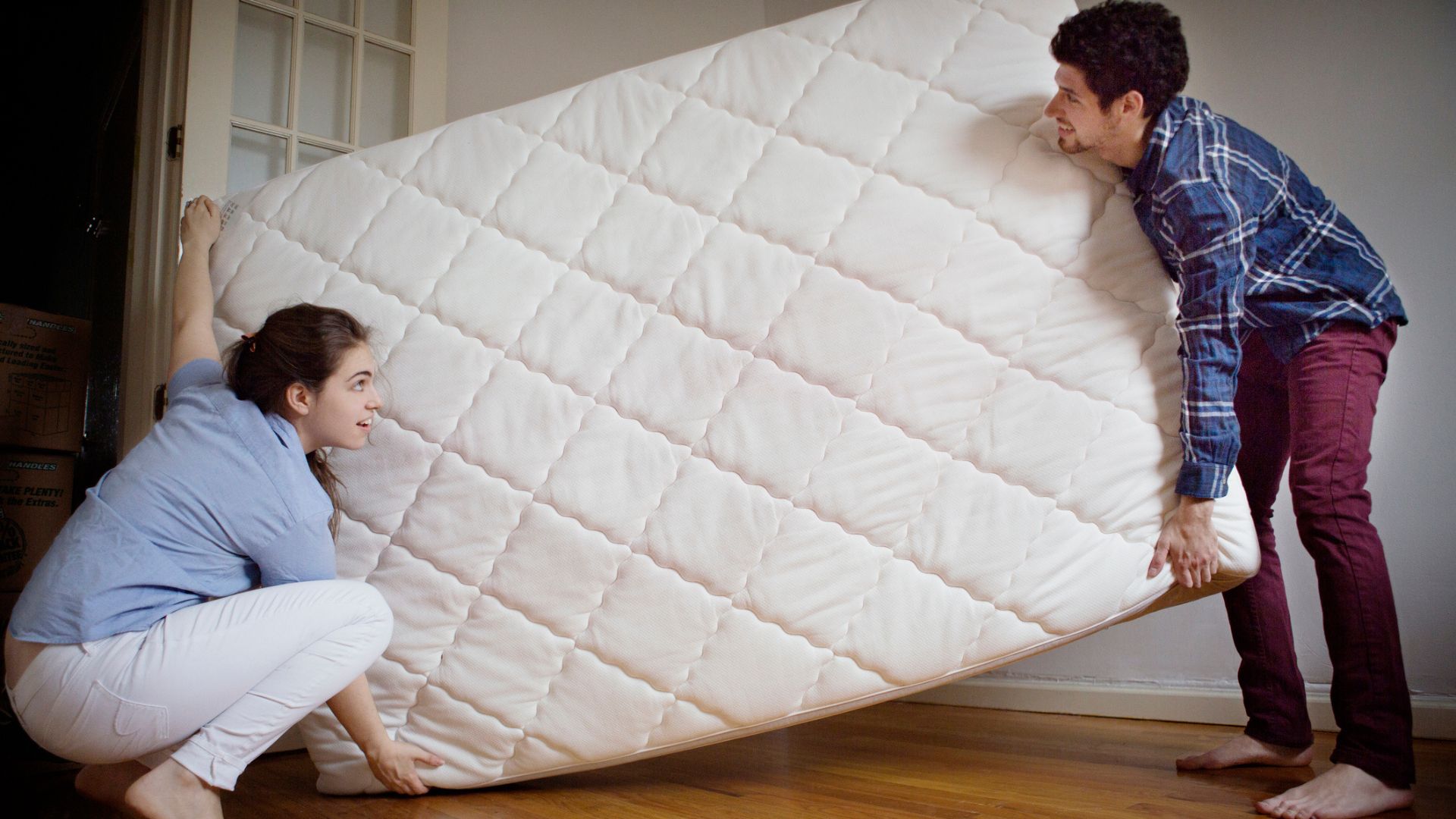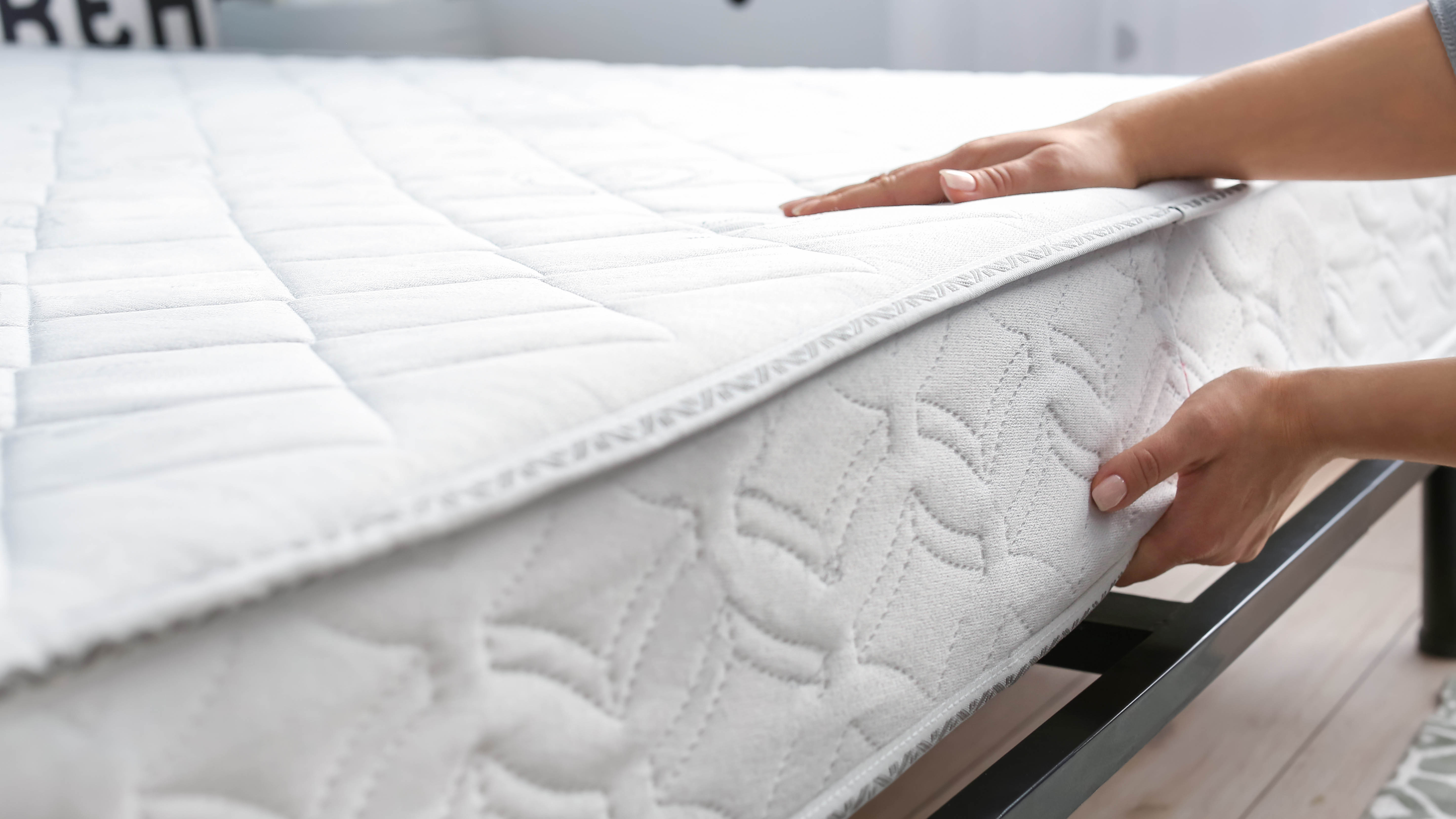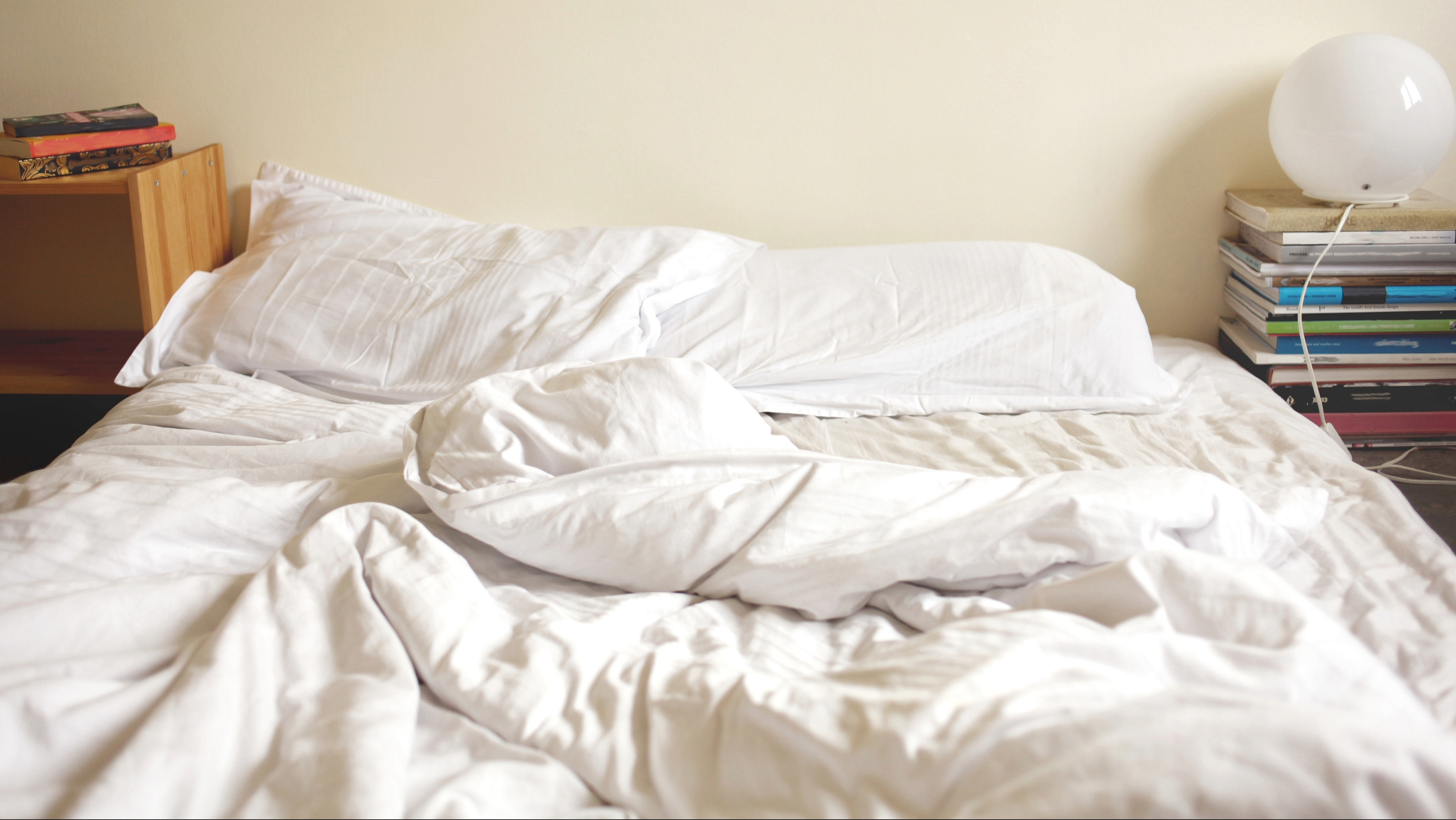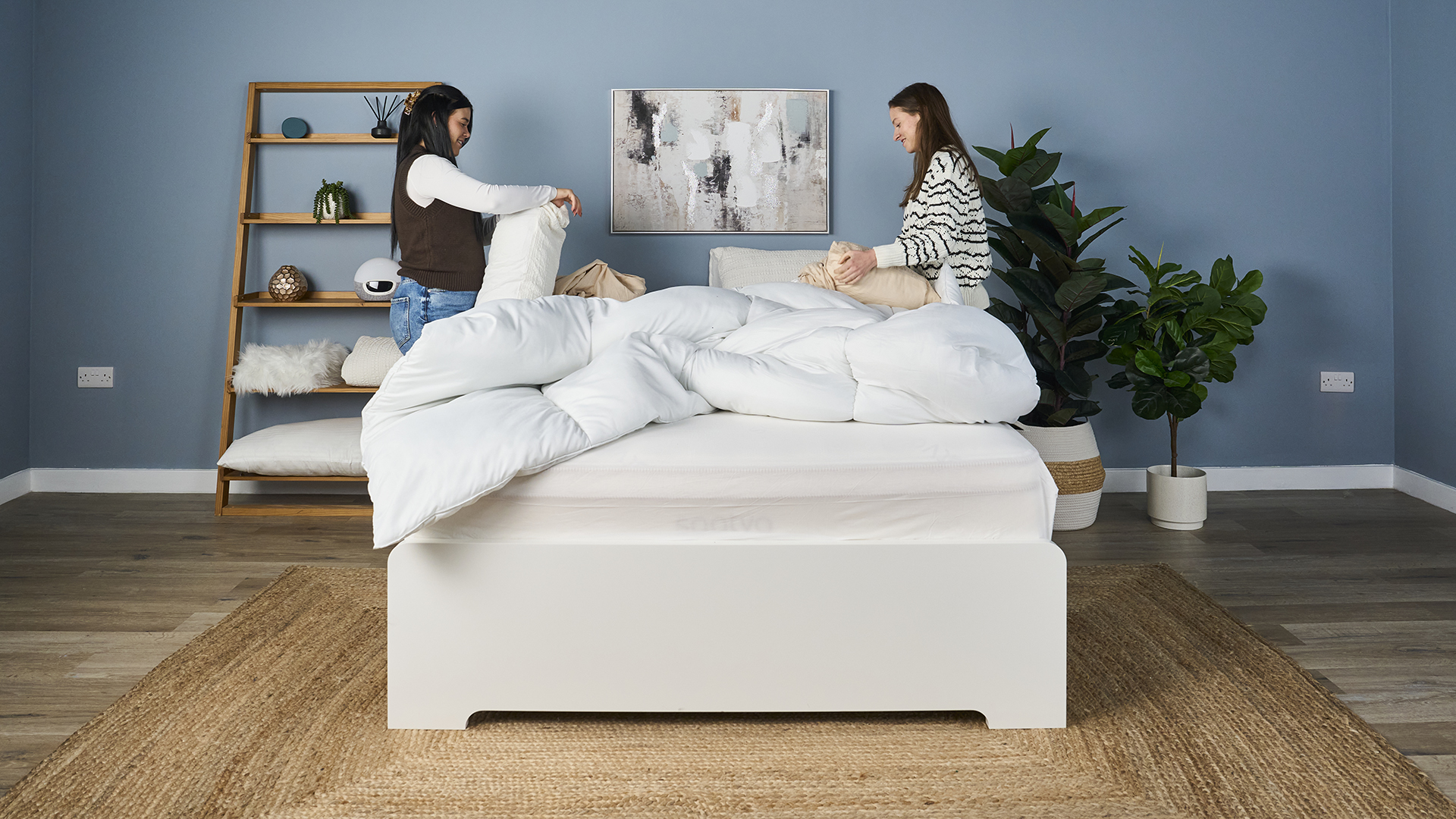Rotating your mattress is more important than you think — here's why
Preserve the comfort and lifespan of your mattress by rotating it regularly

If you've recently invested in a new mattress, you've probably been too busy enjoying sinking into bliss every night to think about how to prolong that feeling for as long as possible. However, it's essential you care for your mattress from the get go, and that means rotating it.
Even this year's best mattresses will need proper maintenance to ensure they continue offering the high level of comfort and support they're designed to. Rotating your mattress ensures that it wears evenly, but that's not the only reason it's essential.
Here, we'll be looking at what kind of mattresses need rotating and which need flipping, the four reasons why rotating a mattress is essential and how to do it. So, let's get started.
Do all mattresses need rotating?
Not all mattresses need rotating, but most do. Memory foam, latex, pillow-top and one-sided mattresses usually need rotating, while a small number of innerspring mattresses can be flipped instead. (However, most modern innerspring mattresses have a one-sided design, which means that only one side of the mattress is designed for sleeping on and shouldn't be flipped).
The theory behind rotating your mattress is so the wear can be evenly distributed. It also gives the foams in mattresses time to return to their original shape. If you've invested in one of the best hybrid mattresses which combine memory foam and springs, you will also need to rotate it, rather than flipping it.
The reason why these mattresses require rotating rather than flipping is because they are often made up of specific layers that are designed to offer comfort and support. If these are flipped upside down, they won’t work in the same way.

4 reasons why you should rotate your new mattress
Many people forget to rotate their mattress, which is understandable. However, it is an essential part of mattress maintenance. Here’s why.
Sign up to get the BEST of Tom's Guide direct to your inbox.
Get instant access to breaking news, the hottest reviews, great deals and helpful tips.
Maintain your warranty
Quality mattresses tend to come with generous warranties. The industry standard is around 10-15 years. This means you’re covered for any damages or defects for that time. However, many mattress brands offer upwards of 20 years, with Saatva, DreamCloud and Nectar even offering lifetime warranties.
However, there are certain things that can void your warranty and not rotating your mattress is one of them. Each manufacturer will advise different rotation frequencies for different models. For example, Nectar advises you rotate your memory foam mattress every two to three months, whereas Saatva advises you rotate your mattress once a year. Always check both the manufacturer of your mattress and the specific model to find out when you should rotate your bed.
Prevent body impressions
Body impressions on a mattress can form in layers of foam. If you sleep in the same area of your bed and in the same position, you may start to see an impression. This can create an uncomfortable and unsupportive surface.
One way to avoid these indents is to regularly rotate your mattress so it’s not wearing in one particular area more than another.

Retain effective comfort and support layers
Without rotating your mattress, you compromise the effectiveness of the comfort layers and support core of your mattress. These layers have been designed to ensure proper spine alignment and comfort. If they wear unevenly, your bed may no longer support your body, leading to aches and pains.
If you experience back pain or other joint pain, then rotating your mattress is even more important to ensure you get the right pressure relief and support you need.
Increase mattress lifespan
The average lifespan of a mattress is anywhere between 7-10 years. However, if your mattress isn’t properly maintained it will not continue to function as it should for that long. Rotating your mattress is one way to ensure you’re mattress is not wearing too quickly in one area, affecting it’s overall performance.
Alongside this, other important mattress maintenance includes cleaning it regularly, airing it out and ensuring it’s properly supported by the right bed base or frame.

How to rotate your new mattress
To rotate your new mattress, you may need another person’s help. Mattresses can be very heavy and moving them in any way can put a strain on your muscles and back. Trying to rotate a mattress on your own may also result in damages to the bed.
Start by stripping the bedding off your mattress. This is a good opportunity to clean your mattress, so vacuuming the surface and spot cleaning stains are optional steps. Then, lift your mattress.
Most beds should have handles on the sides for easy manoeuvres, if yours doesn’t, slide your hands underneath the mattress and lift from the bottom, rather than pulling at the fabric as this may damage the bed. Then, rotate your mattress 180 degrees and place it back down.

Lauren is an experienced writer and editor in the health and lifestyle industry and has led many campaigns and projects that deliver news, advice, and research on all things sleep. As the Sleep Features Editor for Tom’s Guide, Lauren writes, commissions and edits sleep and mattress content, from in-depth how-tos in sleep and mattress health to interviews with doctors and neuroscientists on the latest news in sleep. Lauren regularly tests new sleep tech and accessories to evaluate their effectiveness for getting good quality sleep and easing specific sleep struggles like nighttime anxiety. Alongside this, Lauren reports on the best mattress brands out there, like Helix, Saatva, and DreamCloud, helping readers find the right mattress for them and the best deals on them.
